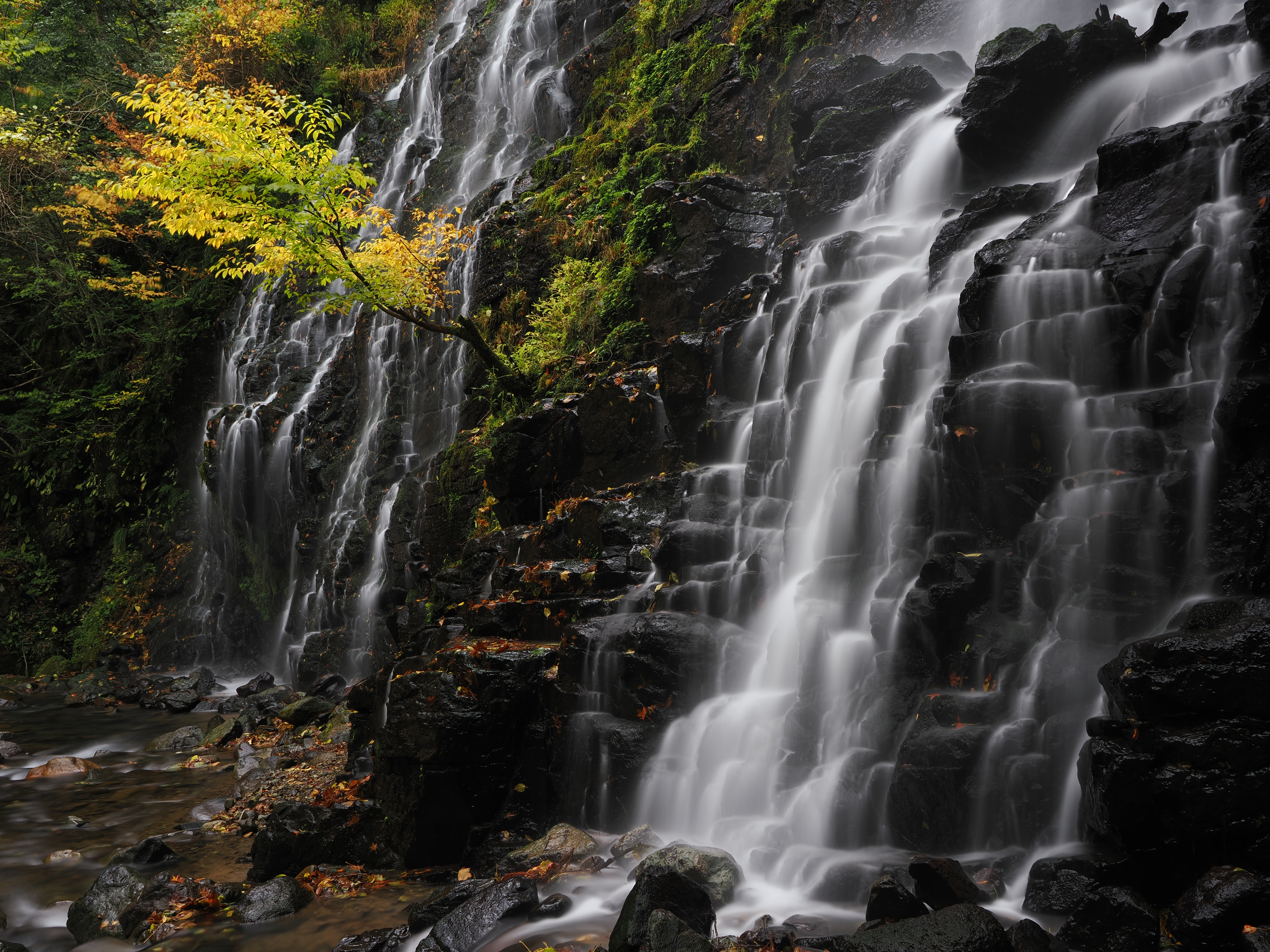Photography and hiking are my idea of a dream weekend – this is the perfect camera system I take into the great outdoors
You can get top quality photos from a rugged lightweight camera

Two of my loves are photography and hiking. Put them together and what do you get? Phiking. OK, that's not even a word; rather, it's my idea of a perfect weekend.
If I'm lucky enough to get a phiking trip in the diary (OK, I don't actually call it that, but I'm ready to ™ it), my top priority is being in the great outdoors and letting nature feed my soul. Taking a few fantastic photos along the way is an added bonus.
I can't go without a decent camera, of course, but equally I don't want to be weighed down with heavy gear if I can help it. That'll only spoil the experience as I eat up the miles in challenging terrain.
On the flipside, I don't want to compromise on my photography experience by shooting with a basic camera that's low on quality.
For me, the perfect outdoors camera is lightweight, rugged, high-quality, and with a solid choice of lenses. There's one camera system that fits the bill and, more specifically, a brand that has carved a niche in this field: OM System.
Half the size, twice the fun
I use a full-frame camera for professional work, but my Nikon is a weighty bit of gear, especially with a decent lens attached, such as my versatile 24-70mm f/2.8.
So, when I'm packing light for a day or weekend in the outdoors, covering long distances on foot, I'm much more inclined to an OM System camera, in my case, the OM System OM-1 (which has since been updated with the OM-1 II, a modest and pricier upgrade).
The camera itself isn't a whole lot smaller than my Nikon, but the lenses are. I pair the OM-1 with the 12-45mm F4 Pro lens, which makes for a versatile, weather-sealed camera system. In fact, OM system cameras are among the few with an official IP-rating, in this case, IP53. Put simply, I have no qualms lugging the OM-1 and lens around in the rain.
And then there are the outdoor photography-friendly features packed into every OM System camera, namely superb in-body image stabilization. The OM-1's IBIS is rated up to 8EV, meaning I can shoot sharp shots handheld with seconds-long shutter speed times, and leave my tripod at home.

Computational photography modes work a treat, too. High-Res shot mode compensates for the 20MP stacked Micro Four Thirds (MFT) sensor, increasing resolution to 50MP in the handheld option, or up to 80MP when used with a tripod (for me, 50MP is plenty enough for highly detailed landscape photos).
If I want to get a bit creative with long exposure photography for blurring fast-moving water and clouds, I can use the Live ND mode, which mimics the effect of an ND filter.
MFT is also an excellent format for macro photography, so if I spot details along the way, I am armed with superb close focusing skills (plus the neat focus stacking computational photography mode, which increases how much of the scene is in sharp focus).
So, for its blend of portability, rugged build quality, decent images, and superb set of features, the OM-1 is a top lightweight pick for outdoor photography, which has most of the features of the pricier OM-1 II. Its other stablemates, the OM-5 II (and older models such as the OM-5), are cheaper and smaller still.
If I want to pack even lighter, then sometimes I go with the Ricoh GR III. It's a truly pocketable premium compact with a larger 24MP APS-C sensor and a sharp fixed wide-angle lens. It easily slips into a trouser pocket, even if it's not designed for the outdoors in the same way as OM System cameras.
I've included links to a range of superb cameras for hiking below, plus you can also check out our best travel cameras buying guide for more ideas.
You might also like
Sign up for breaking news, reviews, opinion, top tech deals, and more.

Tim is the Cameras editor at TechRadar. He has enjoyed more than 15 years in the photo video industry with most of those in the world of tech journalism. During his time as Deputy Technical Editor with Amateur Photographer, as a freelancer and consequently editor at Tech Radar, Tim has developed a deeply technical knowledge and practical experience with cameras, educating others through news, reviews and features. He’s also worked in video production for Studio 44 with clients including Canon, and volunteers his spare time to consult a non-profit, diverse stories team based in Nairobi. Tim is curious, a keen creative, avid footballer and runner, and moderate flat white drinker who has lived in Kenya and believes we have much to enjoy and learn from each other.
